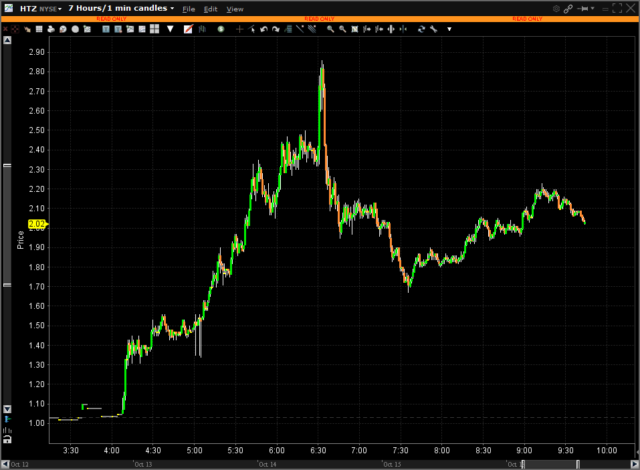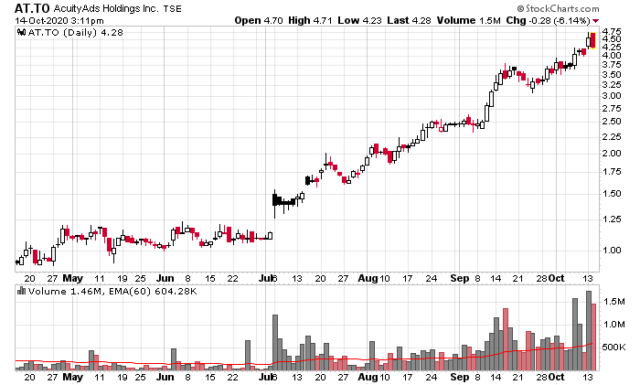Late Night Finance with Sacha, Episode 7
Date: Tuesday, October 6
Time: 8:00pm, Pacific Time
Duration: Projected 60 minutes. Could go longer.
Where: Zoom (Registration)
Frequently Asked Questions:
Q: What are you doing?
A: You will get a brief commentary on some other things I did not reflect upon in my quarterly report. I’ll answer some questions from the /r/CanadianInvestor sub-reddit. Finally, I will review potential 2020 year-end tax-loss selling candidates on the TSX.
Q: How do I register?
A: Zoom link is here. I’ll need your city/province or state, and if you have any questions in advance just add it to the “Questions and Comments” part of the form. You’ll instantly receive the login to the Zoom channel.
Q: Are you trying to spam me, try to sell me garbage, etc. if I register?
A: I can hardly manage a mailing list without breaking my own website, what makes you think I will spam you? No, if you register for this, I will not harvest your email or send you any solicitations. Also I am not using this to pump and dump any securities to you, although I will certainly offer opinions on what I see.
Q: Why do I have to register? I just want to be anonymous.
A: I’m curious who you are as well.
Q: If I register and don’t show up, will you be mad at me?
A: No.
Q: Will you (Sacha) be on video (i.e. this isn’t just an audio-only stream)?
A: Yes. You’ll get to see me.
Q: Will I need to be on video?
A: I’d prefer it, and you are more than welcome to be in your pajamas. No judgements!
Q: Can I be a silent participant?
A: Yes.
Q: Is there an archive of the video I can watch later if I can’t make it?
A: No.
Q: Will there be a summary of the video?
A: A short summary will get added to the comments of this posting after the video.
Q: Will there be some other video presentation in the future?
A: Yes.

